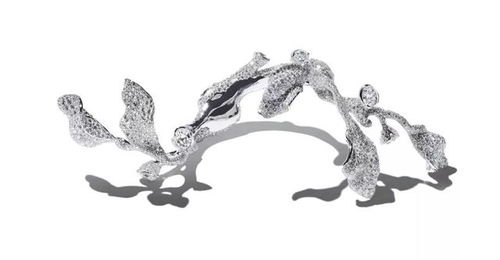Content:
Introduction: Fishing for redtails, also known as redfish or red drum, is a thrilling and rewarding pursuit. These vibrant and feisty fish are found in coastal regions and are highly sought after by anglers. To catch these magnificent creatures, it is crucial to master the art of redtail fishing. In this article, we will explore the essential techniques and tips that will help you become a proficient redtail angler.
Understanding Redtail Behavior: Before diving into the fishing techniques, it is important to understand the behavior of redtails. These fish are known for their voracious appetites and are often found in shallow waters, such as flats, mangroves, and near structures like oyster bars. Redtails are predators and primarily feed on crustaceans, small fish, and other invertebrates. By understanding their habits, you can increase your chances of success.
Selecting the Right Gear: To effectively catch redtails, it is essential to have the right gear. Here are some key components:

a. Rod and Reel: Choose a medium-heavy to heavy-duty rod with a fast action. A spinning or baitcasting reel with a good drag system is ideal. The rod length should be between 7 to 8 feet to provide enough leverage and sensitivity.
b. Line: Use a monofilament line with a breaking strength of 20 to 30 pounds. Fluorocarbon line is recommended as it is less visible underwater and provides better knot strength.
c. Lures and Baits: Redtails are attracted to a variety of lures and baits. Some popular options include artificial lures like jigs, soft plastics, and topwater baits. Live bait such as shrimp, crabs, and small fish can also be effective.
Locating Redtail Hotspots: To increase your chances of success, it is crucial to find areas where redtails are abundant. Here are some tips for locating redtail hotspots:
a. Tides: Redtails are often found in shallow waters during low tide. Focus your efforts on flats, mangroves, and oyster bars during these periods.
b. Structure: Look for areas with natural or artificial structures like rocks, docks, or bridge pilings. These structures provide cover and attract redtails.
c. Vegetation: Mangroves, sea grass beds, and other vegetation can be prime redtail hotspots. These areas provide food and shelter for the fish.
Casting Techniques: Casting is a crucial skill in redtail fishing. Here are some tips to improve your casting techniques:
a. Technique: Use a sidearm overhead cast to cover more water and present your lure or bait in the strike zone. Practice your casting to achieve accuracy and distance.
b. Timing: Pay attention to the timing of your retrieve. Redtails are often seen striking at the end of the retrieve, so pause or twitch your lure or bait just before reeling in.
Bait Presentation: The way you present your bait or lure can greatly influence the success of your redtail fishing. Here are some tips:
a. Live Bait: If using live bait, such as shrimp or crabs, ensure it is lively and presented in a natural manner. Use a popping cork or a float to keep the bait at the desired depth.
b. Artificial Lures: When using artificial lures, vary your retrieve speed and cadence. Redtails can be fickle, so experimenting with different presentations can lead to more strikes.
Patience and Persistence: Redtail fishing requires patience and persistence. These fish can be elusive and may not bite immediately. Stay focused and be prepared to wait for the perfect opportunity. Remember, the more time you spend on the water, the higher your chances of success.
Conclusion: Mastering the art of redtail fishing involves understanding the fish's behavior, selecting the right gear, locating prime fishing spots, and employing effective casting and bait presentation techniques. By following these tips and practicing your skills, you will increase your chances of hooking into these magnificent redtails. So, grab your rod, hit the water, and enjoy the thrill of redtail fishing!












